If there’s one coffee that perfectly captures the spirit of the Philippines — strong, proud, and unapologetically bold — it’s kapeng barako. Hailing from Batangas, this legendary brew has been a staple in Filipino households for generations. Known for its intense aroma and robust flavour, Barako coffee isn’t just a drink — it’s a cultural icon that represents resilience, heritage, and a love for the simple yet powerful pleasures in life.
But what exactly is Barako coffee? Why does it taste so distinct compared to other brews? And why do locals call it the “brew of the brave”? Let’s take a deep dive into the story behind this uniquely Filipino coffee — one cup at a time.
- What Is Barako Coffee?
- A Brief History of Barako Coffee in Batangas
- The Taste: What Makes Barako Coffee So Unique
- How Barako Coffee Is Brewed Traditionally
- Why Barako Coffee Nearly Disappeared (and How It’s Making a Comeback)
- Where to Try Authentic Barako Coffee
- Why Barako Coffee Deserves Global Recognition
- Final Sip: The Pride of Batangas in a Cup
What Is Barako Coffee?

Barako coffee refers to coffee made from Coffea liberica beans — one of the four major coffee species in the world (alongside arabica, robusta, and excelsa). While arabica dominates most specialty coffee menus globally, liberica remains a rare gem, grown only in select regions like the Philippines, Malaysia, and parts of Africa.
In the Philippines, Barako is almost synonymous with Batangas, though nearby Cavite also produces it. The term “barako” itself means “stud” or “strong man” in Tagalog — an apt description for its powerful taste and invigorating kick.
Unlike the smooth, balanced profile of arabica or the earthy bitterness of robusta, liberica beans are known for their complex flavor — smoky, woody, slightly floral, and sometimes even fruity. Its large, asymmetrical beans and distinct aroma make it unmistakable, whether brewed black or enjoyed with a splash of condensed milk.
A Brief History of Barako Coffee in Batangas

Barako’s story began in the 18th century, when Spanish friars introduced liberica coffee trees to Batangas. The province’s fertile volcanic soil and tropical climate proved ideal for cultivation, and before long, Barako became the pride of Southern Luzon.
By the 19th century, Batangas coffee was being exported to the United States and Europe, putting the Philippines on the global coffee map. However, tragedy struck in the late 1800s when a coffee rust epidemic — the same one that devastated crops worldwide — wiped out most of the Barako plantations.
While other coffee varieties eventually recovered, Barako production never returned to its former scale. Farmers shifted to more resilient species like robusta, and liberica nearly vanished — saved only by small-scale growers in Batangas and Cavite who continued cultivating it out of tradition and pride.
Today, Barako remains a heritage brew, deeply tied to Filipino identity and culture.
The Taste: What Makes Barako Coffee So Unique
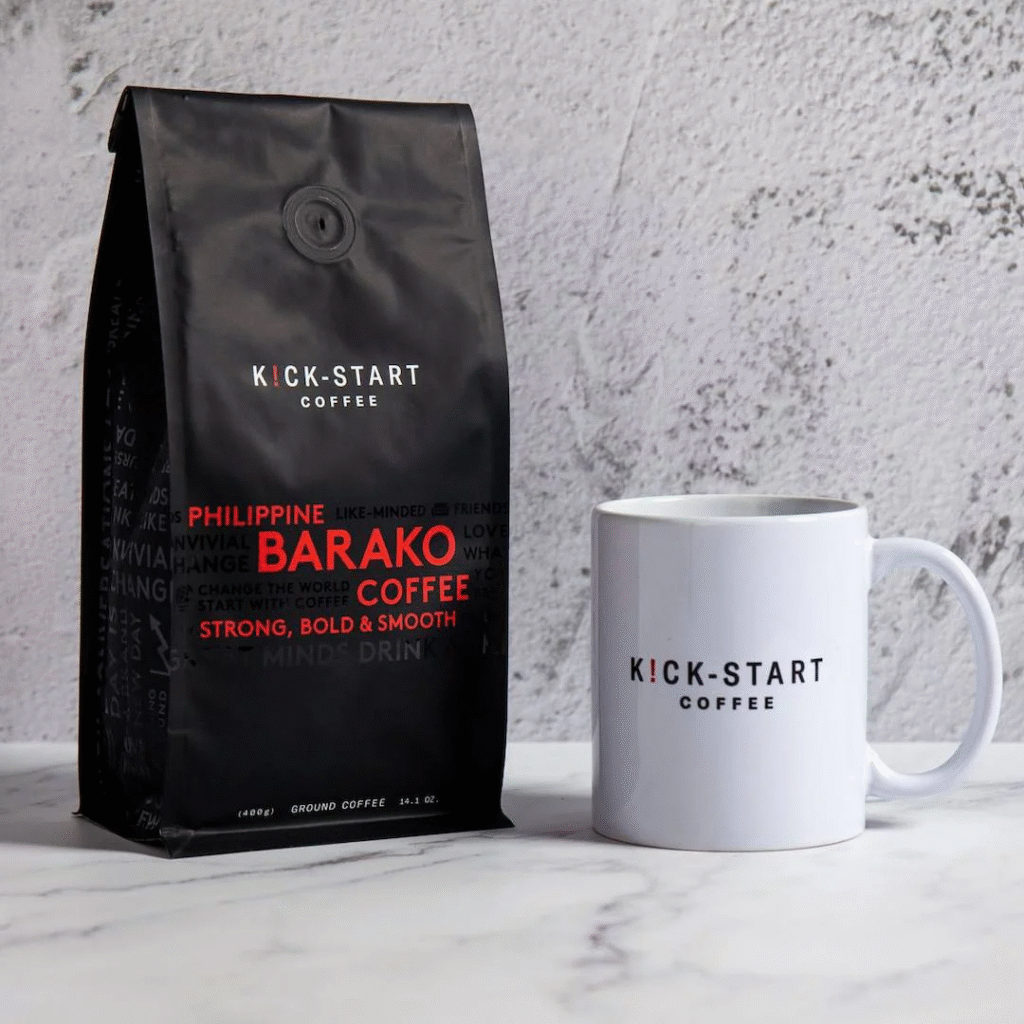
If you’ve ever tried Barako, you know it’s not for the faint of heart. This coffee is bold, aromatic, and full-bodied — a far cry from the delicate profiles of modern café brews.
A sip of freshly brewed Barako delivers a deep, smoky bitterness, with subtle notes of dark chocolate, anise, and even jackfruit. It’s strong enough to wake you up with just one cup — the kind of coffee that feels more like an experience than a beverage.
Locals often drink it black, letting its natural strength shine. But it also pairs beautifully with sugar or milk — especially evaporated milk for that old-school Filipino touch. Some even enjoy it kapeng barako style with a pandesal (Filipino bread roll) dipped right into the cup — a morning ritual that’s been passed down through generations.
How Barako Coffee Is Brewed Traditionally
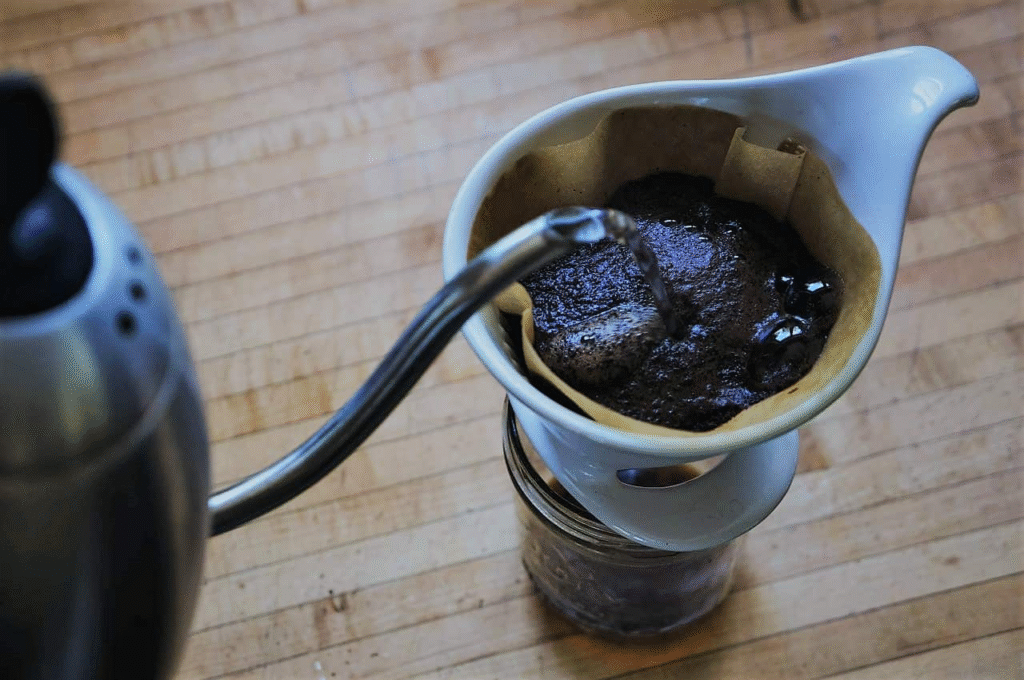
Traditional Barako brewing keeps things simple. No espresso machines or pour-over cones — just hot water, ground beans, and a pot.
Here’s how it’s typically done in Batangas homes:
- Grind the beans coarsely — similar to how you would for a French press.
- Boil water in a kettle or pot.
- Add the ground Barako coffee directly into the boiling water — about 1 tablespoon per cup.
- Let it steep for 3–5 minutes. Strain the coffee using a katsa (cloth filter) or pour carefully into a mug. Serve hot — with or without sugar and milk.
This old-school method results in a strong, aromatic brew — the kind that lingers long after your cup is empty.
Modern versions of Barako can also be brewed using a French press or moka pot. But true aficionados swear that nothing compares to the rustic charm of brewing it straight in a pot, just like Lola used to make.
Why Barako Coffee Nearly Disappeared (and How It’s Making a Comeback)
Despite its cultural importance, Barako coffee faced near extinction in the late 20th century. The rise of instant coffee and the dominance of arabica and robusta meant that farmers found it less profitable to grow liberica.
It didn’t help that Barako trees are taller (often reaching over 20 feet), making them harder to harvest and maintain. Combined with low demand and limited export recognition, many plantations abandoned liberica altogether.
But thanks to the efforts of passionate farmers, cooperatives, and local government programs, Barako is making a comeback. Organisations like the Department of Agriculture and the Batangas Coffee Cooperative have launched initiatives to preserve liberica trees, promote sustainable farming, and boost domestic and global demand. Meanwhile, Filipino coffee brands and cafés are proudly reintroducing Barako to younger generations — not as an old relic, but as a national treasure worth celebrating.
Cafés in Manila, Cebu, and even abroad are now featuring Barako on their menus, giving it the spotlight it deserves.
Barako’s unique strength and aroma make it stand out — it’s the kind of coffee that demands attention, not subtlety.
Where to Try Authentic Barako Coffee

If you’re in the Philippines, the best place to try Barako is — of course — Batangas. Towns like Lipa and Tanauan have coffee farms and cafés serving authentic, freshly roasted Barako.
You can also find it in traditional eateries (karinderyas) and turo-turo stalls across the region, where locals still brew it the old-fashioned way. For a more curated experience, visit specialty cafés like Café de Lipa or Figaro Coffee, both of which highlight local beans, including Barako.
For those abroad, many Filipino stores and online retailers now sell authentic Batangas Barako beans, both roasted and ground. Look for packaging that specifically states Coffea liberica and the region of origin.
Why Barako Coffee Deserves Global Recognition
Barako coffee represents more than just a caffeine fix — it’s a piece of Filipino heritage that deserves to be recognized alongside other world-famous brews.
Its rarity, distinct flavour, and deep cultural roots make it a coffee experience unlike any other. As more people around the world seek authentic, traceable, and meaningful coffee stories, Barako is perfectly positioned to capture that growing appreciation for origin-driven brews.
In a world obsessed with light roasts and latte art, Barako remains proudly old-school — a bold reminder of the Philippines’ rich coffee history and the hardworking farmers who keep it alive.
Final Sip: The Pride of Batangas in a Cup
Barako coffee is more than a drink — it’s a tradition, a statement, and a legacy. Each cup tells the story of the Batangueños who have nurtured it for centuries, of mornings that start with its deep aroma, and of a culture that values strength and authenticity.
So the next time you’re craving a real, full-bodied cup of coffee, skip the fancy blends and reach for Barako. Because once you’ve tasted it, you’ll understand why this bold brew defines Batangas — and why it continues to win hearts, one strong sip at a time.

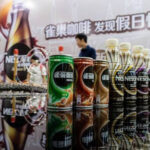
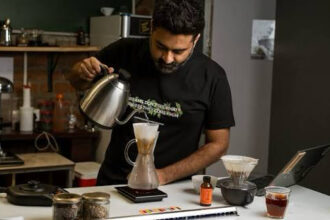
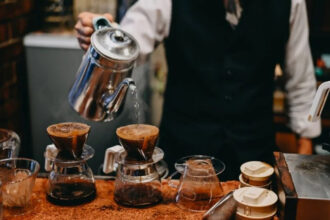
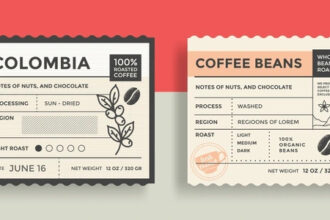
One Comment